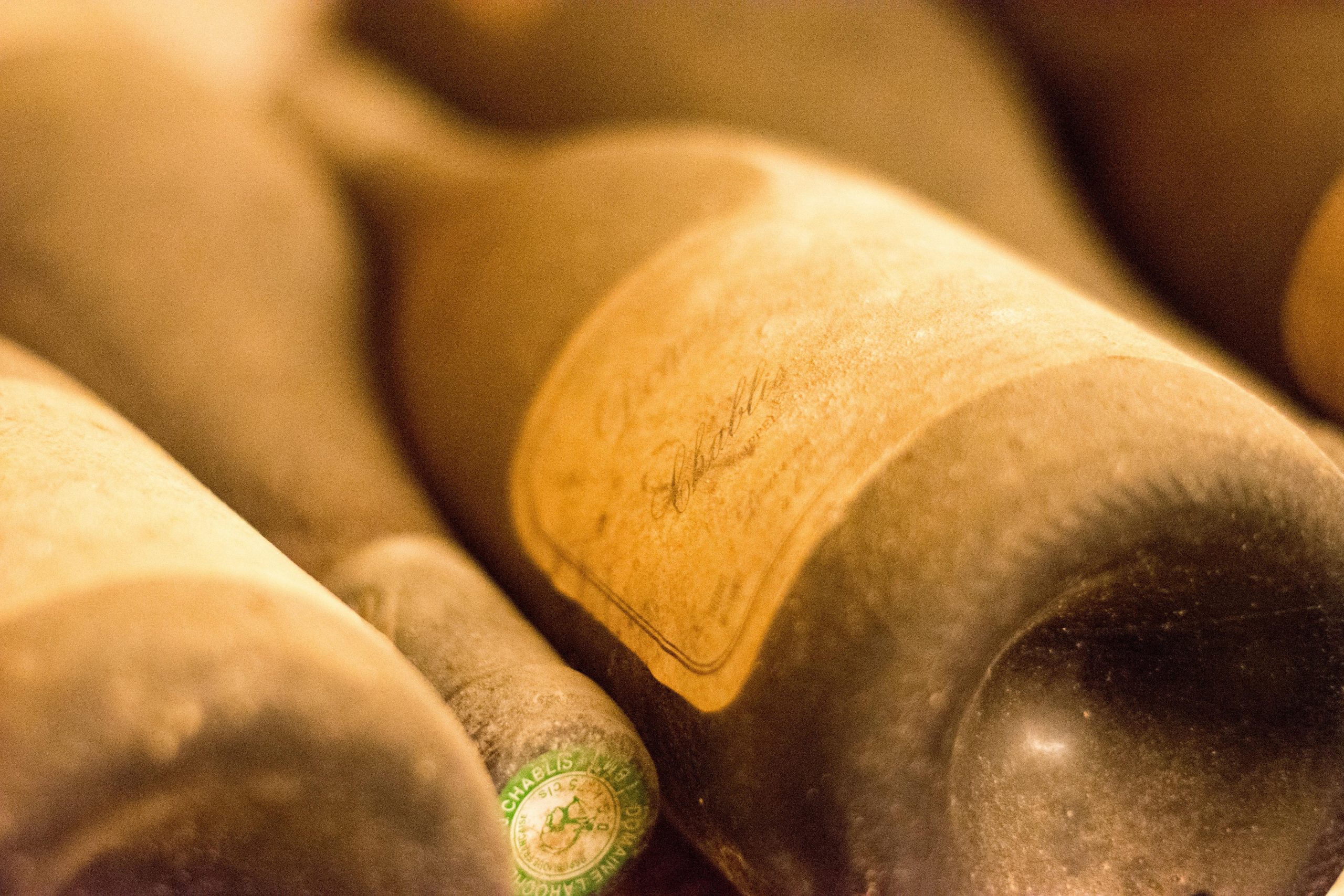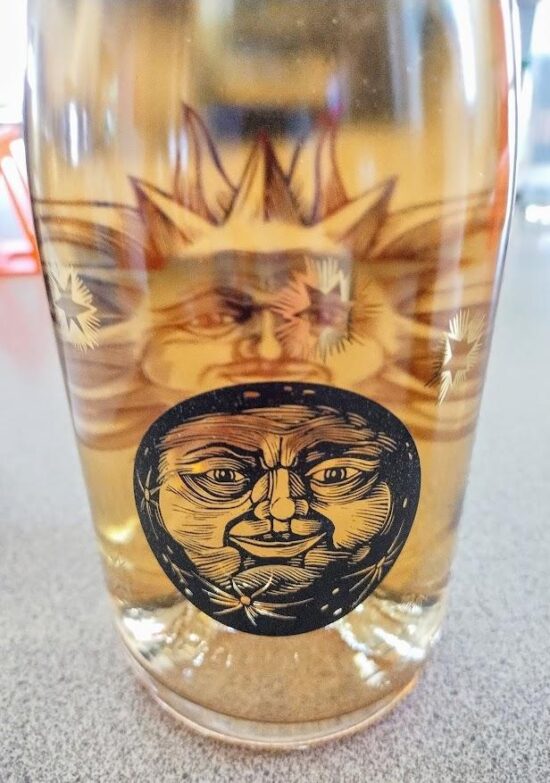
Which is easier, to persuade people to drink a wine young if they think they should age it, or to age a wine they thought they could drink young?
You might think it doesn’t much matter, but to wine producers it can be life and death. Everybody is shifting around. Yquem is having a promotion, in selected restaurants, of young Yquem by the glass as an aperitif. This is a wine that, in the past, we were enjoined to age for many years. Top Austrian producers want everybody to age their wines for a bit longer than the five-and-a-half minutes which used to be the norm. Barolo can be drunk much earlier than of yore – within three to five years of release, according to Federico Ceretto. It reminds me of those lines from Macaulay’s Horatio at the Bridge: ‘Those behind cried “Forward!”, and those before cried “Back!”’
Chaos in the Etruscan army is a rather extreme metaphor for the current churning of wine styles, but if you know the poem (it’s a piece of rollicking Victorian hero-worship about the defence of their city by a brave few against a massive invasion force) you’ll get the point. In wine, everybody is changing their minds and bumping into everybody else.
The reason, often, is climate change. Ceretto points out that in his grandfather’s day two to three fully ripe vintages in a decade was the norm in Barolo. Now it’s eight or nine. The tannins now are different, and not remotely like a mouthful of concrete any more: learn to manage them, learn to pull back on extraction, and you have wines that are genuinely appealing much earlier. (Better viticulture and better cellar hygiene also play their parts.) Which puts them head to head with lots of other reds that don’t need that much ageing.
Still Coteaux Champenois used to be a bit challenging to drink: it didn’t need ageing so much as it needed bubbles. (There were always exceptions, of course.) Now Roederer and Charles Heidsieck are producing, if not a torrent of still wine, then certainly a small trickle, to join the likes of René Geoffroy, Philipponat and others. The problem is if they turn one way stylistically, they find white Burgundy holding the bridge; the other way, they just taste like Champagne without the bubbles.
The dry wines of Sauternes have the same problem: make a dry white there, and you find your path blocked by Pessac-Léognan. One imagines winemakers swivelling round, squinting up and down, trying to see a way past these monoliths to a space where they might shape their own style and get a bit of sunlight.
What to do? At the bottom of the market, it’s easy: use a familiar grape variety, make it nice enough and make it cheap. Above that, you need a USP. And it probably isn’t, any more, going to be longevity.
There’s a marvellous romance about drinking a 100-year-old wine. But honestly, how much…



